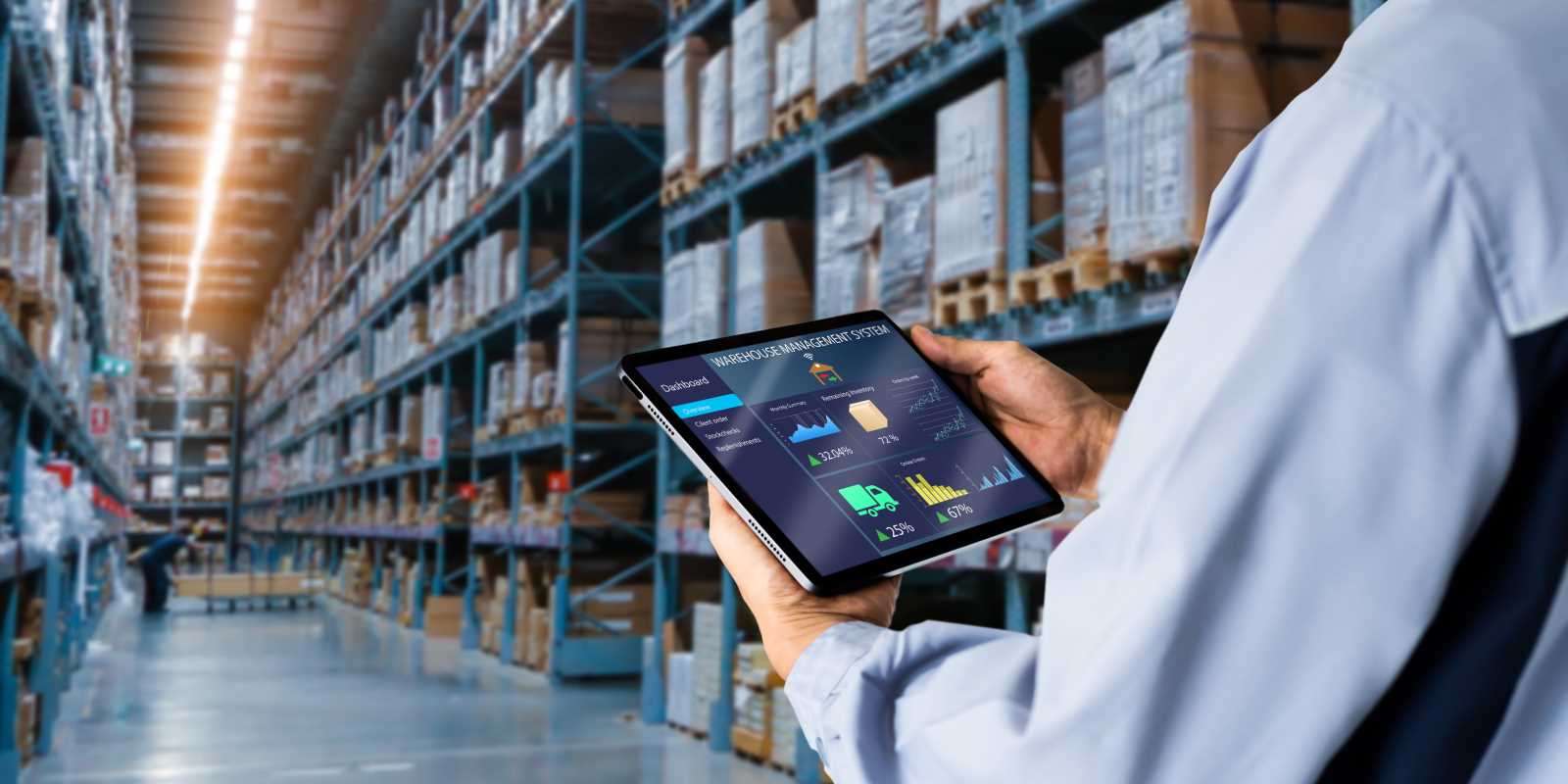Education constantly transforms, and keeping up with the latest technology is crucial in shaping vibrant and effective learning spaces. Cutting-edge tech tools breathe life into lessons, captivating students and easing the educator's workload, which paves the way for a more tailored and meaningful learning journey. As technology advances at a swift pace, integrating these innovations becomes vital for cultivating a dynamic classroom atmosphere that resonates with both teachers and students alike. Embracing these modern tools not only enriches the educational experience but also equips learners with the skills they need to thrive in an ever-evolving world.
The Importance of Embracing Technology in Education
Integrating technology into education changes traditional classrooms into interactive learning spaces. It caters to diverse learning styles, ensuring that every student can access the material in a way that suits them best. Technology also prepares students for the future workforce by equipping them with digital skills that are increasingly in demand.
Technology provides real-time feedback and assessment, enabling teachers to identify and address learning gaps promptly. This immediate insight helps tailor instruction to meet the unique needs of each student, creating a more inclusive and effective educational environment.
Top Tech Tools for Engaging Students
- Interactive Whiteboards: Tools like SMART Boards turn the traditional blackboard into a vibrant, interactive display, making lessons more dynamic and visually appealing.
- Educational Apps: Platforms such as Kahoot! and Quizlet gamify learning, encourage student participation, and make study sessions more enjoyable.
- Virtual Reality (VR): VR tools like Google Expeditions allow students to explore virtual environments, bringing subjects like history and science to life through immersive experiences.
- Student Response Systems: Devices like Clickers enable instant polling and quizzes, providing immediate feedback and keeping students engaged during lessons.
Streamlining Classroom Management with Tech
Managing a classroom efficiently proves crucial for effective teaching, and technology offers various solutions to make this process simpler. Learning Management Systems (LMS) like *Google Classroom* and *Moodle* centralize resources, assignments, and communication, making it easier for teachers to organize and track student progress.
Attendance tracking apps and behavior management tools help maintain a structured classroom environment. These technologies reduce the administrative burden on educators, allowing them to focus more on teaching and less on paperwork.
Enhancing Collaboration with Modern Tools
- Google Workspace: This suite of tools enables real-time collaboration on documents, presentations, and spreadsheets, allowing students to work together seamlessly on projects.
- Microsoft Teams: Integrating communication and collaboration, Teams provides a platform for group discussions, file sharing, and virtual meetings, creating a collaborative learning environment.
- Padlet: This digital bulletin board allows students to share ideas, resources, and feedback in a centralized space, promoting interactive and collaborative learning.
Integrating AI and Machine Learning in Education
The rise of AI and machine learning revolutionizes education by offering personalized learning experiences and automating administrative tasks. Tools like adaptive learning platforms adjust the difficulty of material based on student performance, ensuring that each learner faces appropriate challenges. AI-driven grading systems save time by automating the evaluation of assignments, allowing educators to focus more on instruction.
For every educator, integrating AI can lead to more efficient teaching methods and improved student outcomes. These technologies enhance the learning experience and provide valuable insights into student performance and engagement.
Future Trends in Educational Technology
The landscape of educational technology continuously evolves, with several exciting trends on the horizon. One significant trend involves the increased use of augmented reality (AR) to create interactive and immersive learning experiences. The integration of blockchain technology promises to change credentialing and certification processes, ensuring secure and verifiable academic records.
Another emerging trend emphasizes data analytics in education. By using data from various tech tools, educators gain deeper insights into student behavior and learning patterns, allowing for more informed decision-making. These tech tools are set to redefine how education is delivered and experienced, making future classrooms more adaptive and responsive to the needs of learners.
As technology advances, staying informed about the latest tools and trends remains crucial for educators aiming to provide the best possible education. By adopting next-gen tech tools, teachers create engaging, efficient, and personalized learning environments that prepare students for the challenges of tomorrow.
 (Image via
(Image via





